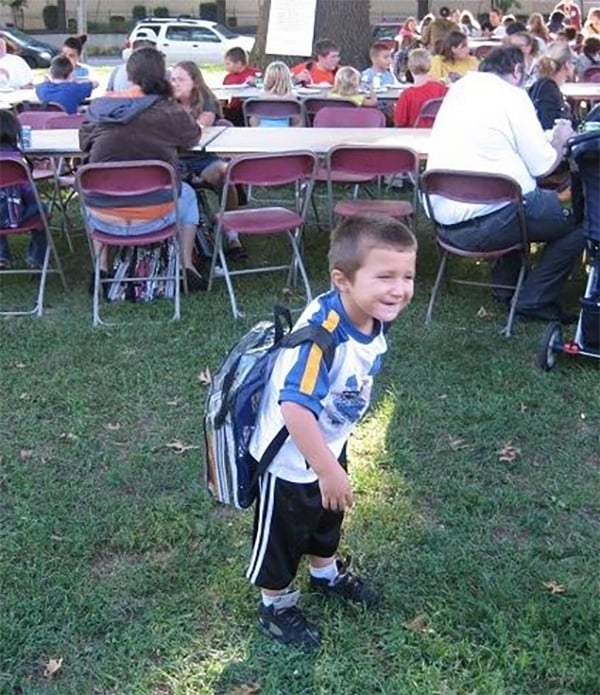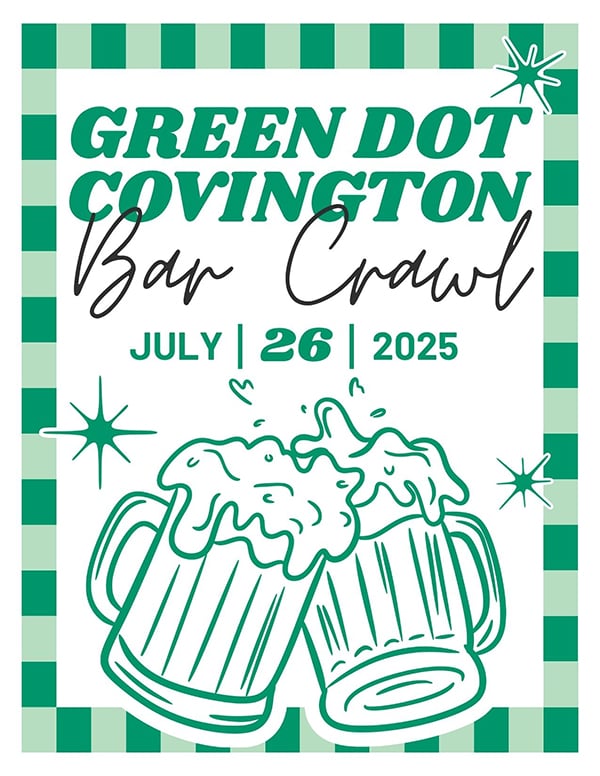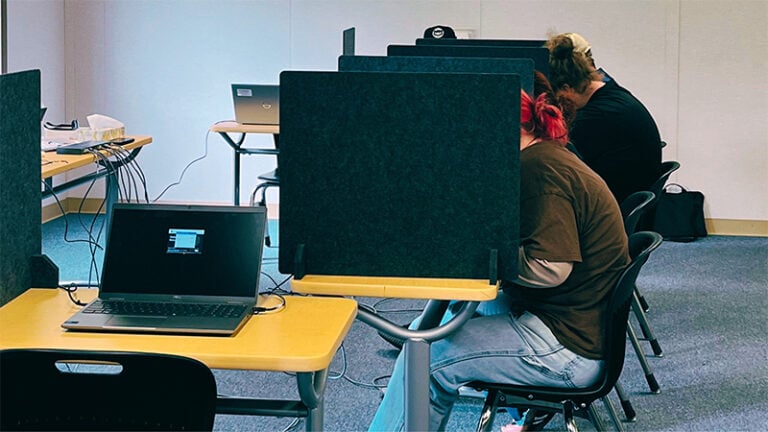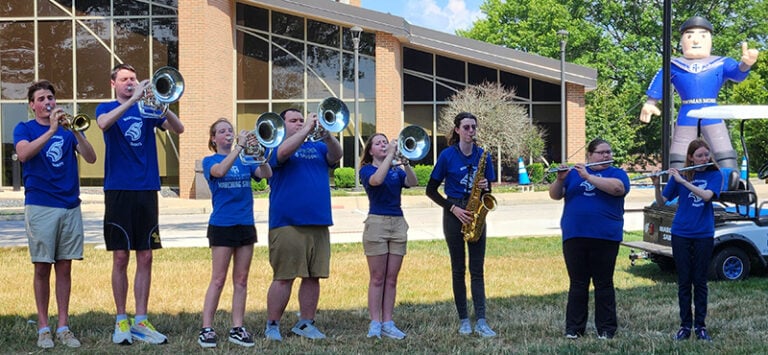Summer is a favorite time for children to be outside, riding bikes and scooters, and enjoying a whole host of outdoor summertime activities.
But with more children on or near the roadways, the threat of motorists speeding through neighborhoods, driving distracted and ignoring traffic signals can turn a child’s carefree summer into a tragedy. When children haven’t learned safe road-use habits, the threat of injury becomes even greater.
“Whether riding their bikes, scooters or hoverboards, enjoying a walk or other outdoor fun, summer brings more children outside,” says Lori Weaver Hawkins, public affairs manager, AAA Blue Grass. “Unfortunately, with more kids in and near the roadways, there’s a greater likelihood of children suffering traffic-related injuries and deaths. Behaviors of both motorists and children can be a recipe for tragedy when safety takes a backseat.”

Statistics show that traffic-related child fatalities peak during the summer months. In the 10-year period from 2012 to 2021, there were a total of 3,334 traffic-related fatalities of children aged 14 and younger nationwide during the months of June, July and August. Fatalities during those three months accounted for 29.4% of all traffic-related child fatalities for the year, according to the National Highway Traffic Safety Administration (NHTSA). While the majority of victims were vehicle occupants, over 16% of child fatalities were pedestrians and nearly 6% were riding bicycles or other pedal-powered transport.
In that same 10-year period, there were 61 traffic-related fatalities of children aged 14 and under in Kentucky during the months of June, July and August, accounting for nearly 3% of all traffic-related fatalities during those months, according to NHTSA. About 13% were pedestrians while about 8% were riding bicycles or other pedal-powered vehicles.
Motorized devices bring new challenges
Micromobility devices, such as e-bikes, motorized scooters and hoverboards, have grown in popularity in recent years. In addition to using these devices at home, a growing number of motorized scooter and e-bike rental vendors have popped up in cities across the country, making micromobility devices available for rent as well.
A favorite of children and teens alike, these new forms of transport have also increased risk of childhood injuries, particularly fractures, scrapes, cuts and bruises to elbows and forearms. Unfortunately, there is also the risk of more serious injury―or worse―particularly if a child isn’t wearing a helmet and protective gear.
From 2017 through 2021, micromobility devices were responsible for 267,700 visits to the emergency department, with 40% of those patients aged 14 and under, according to the U.S. Consumer Product Safety Commission. Nearly 70% of hoverboard incidents involved children aged 14 and under, while this age group accounted for about 20% of incidents involving motorized scooters. There were 6 fatalities of children under the age of 18 resulting from the use of micromobility devices during the five-year period. Four of those deaths involved use of a hoverboard, with two involving motorized scooters, including a rental.
Teach children to be safe around traffic
Nearly 1,000 bicyclists of all ages are killed and over 130,000 injured each year in traffic collisions, according to the Centers for Disease Control. Children aged 14 and under are especially at risk during summer months. AAA recommends that parents take time now to teach their children about staying safe while playing in areas near traffic or using the roadways.
Wearing a properly fitted bicycle helmet reduces the risk of head injury by up to 88%, yet less than half of children 14 and under wear a bike helmet regularly. Children should also wear helmets when using scooters, hoverboards and similar devices.
Here are some tips for parents and caregivers to keep children safe on bikes, micromobility devices and other small-wheeled transport:
• Wear a helmet. Be sure the helmet fits properly and is replaced as the child grows. Parents should model safe behavior by also wearing a helmet whenever they ride a bicycle or micromobility device. Provide your child with additional safety gear, such as wrist guards, elbow pads and knee pads, as appropriate for the device they will use.
• Children younger than 10 years old are safer riding in areas away from traffic. At that age, they are not consistently able to make the decisions necessary to safely ride unsupervised in the street.
• Be sure the bicycle is a good fit. Bikes with the same wheel size can vary greatly in overall size. Young children should be able to sit on the seat and have both feet on the ground. As the child becomes more experienced in understanding how to use brakes to stop the bike, they should be able to sit on the bike and still have their tip toes touch the ground.
• Check brakes and tire pressure. Just as you do with your vehicle, be sure to check the brakes and tire pressure on your child’s bicycle. Teach older children how to make these checks so they get in the habit of checking before they ride.
• Help your child see and be seen. Make your child as visible to others as possible, with bright colored clothing and use of reflectors, reflective tape or markings, or flashing lights on equipment.
• Teach your child basic traffic rules. Older children who are riding in roadways should ride in a bike lane or as far to the right as possible, with the flow of traffic. Bicyclists riding in the street must obey all traffic signs, signals and lane markings. Be sure your child knows traffic hand signals and uses their left arm when signaling so they are most noticeable to vehicles. They should keep both hands on the handlebars except when using signals.
• Always ride single file in traffic. If your child will be riding in a group, they should always ride single file in the bike lane or far to the right when on a roadway.
• Be sure your child can operate equipment safely. Be sure children are developmentally mature enough to understand how to operate any motorized devices. Younger children should be supervised by an adult at all times.
• Cross intersections safely. Children are safer if they walk their bicycles across the street in the crosswalk, following applicable traffic signals, especially in large intersections.
• Never run into the street. If a ball rolls into the street, not to run after it. Instead, teach children to stop, then look and listen to the left, the right and left again before entering the street.
• Stay on sidewalks when walking. Remind children not to walk or play in the street. Stop at the curb or edge of the road before crossing. Obey traffic signals and signs. If there are no traffic signals, look and listen for traffic to the left, then to the right and then to the left again before crossing and stay in the crosswalk.
• Be aware near driveways. Children should be reminded to stay alert when crossing driveways. Watch and listen for vehicles entering or leaving the area. Children should be told never to play in or around parked vehicles.
Motorists need to stay focused on safety
“Helping children to be safe around roadways and vehicles is only one component of ensuring all children have a safe summer,” Weaver Hawkins says. “Motorists need to stay aware behind the wheel and follow the rules of the road as well. Unfortunately, the period between Memorial Day and Labor Day―the ‘100 Deadliest Days’―are also the most dangerous for children.”
Reminders for motorists:
• Phone down. Motorists should double down on their focus on the roadways and not be distracted by their phones, vehicle technology, eating or other distractions.
• Buckle up. Be sure all occupants of a vehicle buckle up every time, no matter the distance of the trip. Children should be in size-appropriate child safety seats and older children should be correctly buckled with the vehicle’s safety belts. For children 12 and under, the backseat is where it’s at―children this age are safer there.
• Slow down. In residential areas, as well as around parks and playgrounds, motorists are more likely to encounter children using roadways or playing near traffic areas. Stay at or below the speed limit and watch for children biking, crossing the street or darting out between parked cars.
• Look before you back. Be aware of small children before moving your vehicle, particularly when backing from a driveway. The smaller the child, the more likely you will not see them. Always ensure all children have exited the vehicle when parked, then lock your doors. You will not only deter thieves, but prevent small children from getting trapped in a hot car.
• Give them space. When you pass a bicyclist of any age, give them three or more feet of space. It’s not only the safe thing to do, it’s the law.
“Summer is a great time for children to enjoy the outdoors. But motorists, parents and caregivers all need to do their part in helping ensure a safe summer for all,” says Weaver Hawkins.
AAA Blue Grass

















